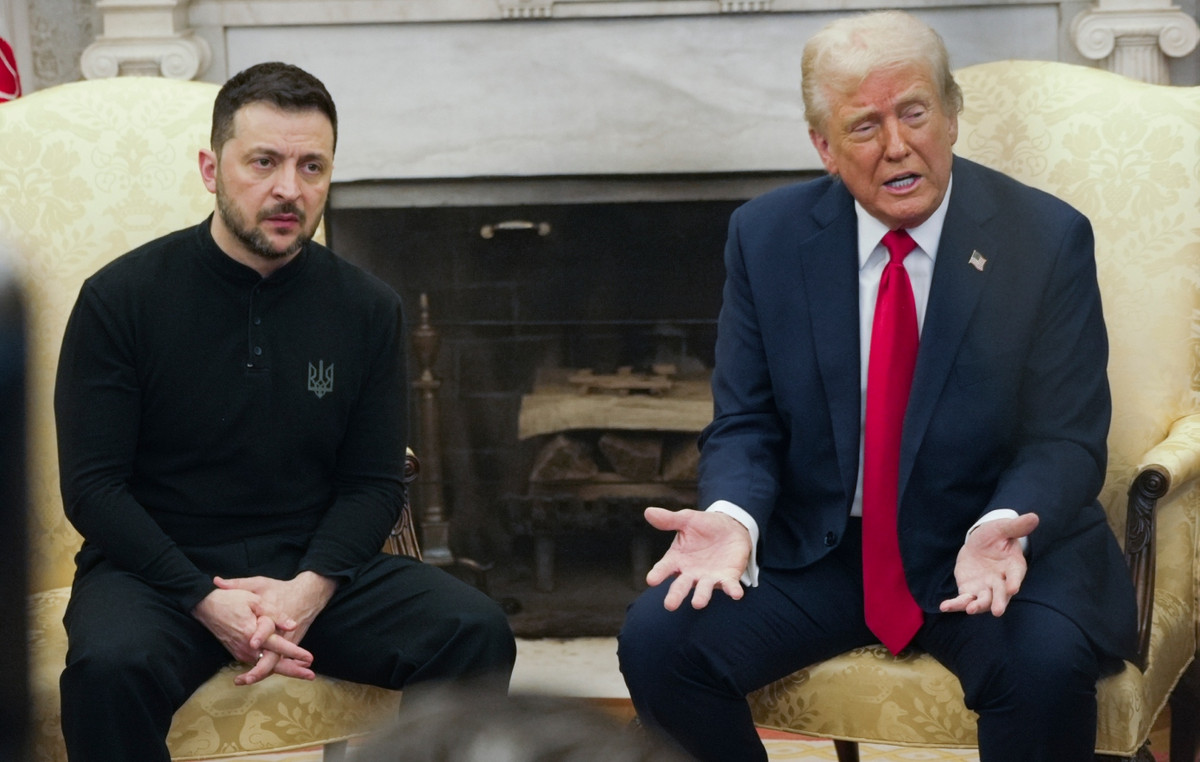- The WTI price falls about $ 65.65 in the early Asian session on Tuesday.
- OPEC+ agreed to increase production by 547,000 barrels per day for September.
- The operators expect the weekly report of API crude oil stocks later on Tuesday for a new impulse.
The West Texas Intermediate (WTI), the referent of the US crude oil, is quoted around $ 65.65 during the first hours of Asian negotiation on Tuesday. The WTI operates with slight losses after the organization of oil exporting countries and allies (OPEP+) approved another significant increase in production in September.
The OPEC+ met virtually on Sunday, agreed to increase oil production by 547k barrels per day (BPS) for September as concerns about possible interruptions in the supply linked to Russia increase. The group began to increase production in April with a modest increase of 138K BPD, followed by increases greater than expected of 411k BPD in May, June and July, 548k BPD in August, and now 547K BPD for September.
The threat of secondary sanctions on Russian crude could help limit WTI losses. It is expected that the special envoy of the US Steve Witkoff visits Russia on Wednesday. Oil operators will closely follow development around the agreement between Washington and Moscow. However, the impact of any potential measure remains uncertain.
“The oil market still assigns a low probability to something significant of the White House in regards to Russian oil exports,” said Pavel Molchanov, an analyst at Raymond James.
Petroleum operators prepare for the publication of the weekly API oil stock reports, which will be published later on Tuesday. On Wednesday the crude oil stock report of the Energy Information Administration (EIA) will be published.
WTI oil – frequent questions
WTI oil is a type of crude oil that is sold in international markets. WTI are the acronym of West Texas Intermediate, one of the three main types that include the Brent and Dubai’s crude. The WTI is also known as “light” and “sweet” by its relatively low gravity and sulfur content, respectively. It is considered high quality oil that is easily refined. It is obtained in the United States and is distributed through the Cushing Center, considered “the crossing of the world.” It is a reference for the oil market and the price of WTI is frequently traded in the media.
Like all assets, supply and demand are the main factors that determine the price of WTI oil. As such, global growth can be a driver of the increase in demand and vice versa in the case of weak global growth. Political instability, wars and sanctions can alter the offer and have an impact on prices. OPEC decisions, a group of large oil -producing countries, is another key price factor. The value of the US dollar influences the price of WTI crude oil, since oil is mainly traded in US dollars, so a weaker dollar can make oil more affordable and vice versa.
Weekly reports on oil inventories published by the American Petroleum Institute (API) and the Energy Information Agency (EIA) influence the price of WTI oil. Changes in inventories reflect the fluctuation of supply and demand. If the data show a decrease in inventories, it can indicate an increase in demand, which would raise the price of oil. An increase in inventories may reflect an increase in supply, which makes prices lower. The API report is published every Tuesday and that of the EIA the next day. Their results are usually similar, with a 1% difference between them 75% of the time. EIA data is considered more reliable, since it is a government agency.
The OPEC (Organization of Petroleum Exporting Countries) is a group of 13 nations oil producing that collectively decide the production quotas of member countries in biannual meetings. Their decisions usually influence WTI oil prices. When OPEC decides to reduce fees, it can restrict the supply and raise oil prices. When OPEC increases production, the opposite effect occurs. The OPEC+ is an expanded group that includes another ten non -members of the OPEC, among which Russia stands out.
Source: Fx Street
I am Joshua Winder, a senior-level journalist and editor at World Stock Market. I specialize in covering news related to the stock market and economic trends. With more than 8 years of experience in this field, I have become an expert in financial reporting.







